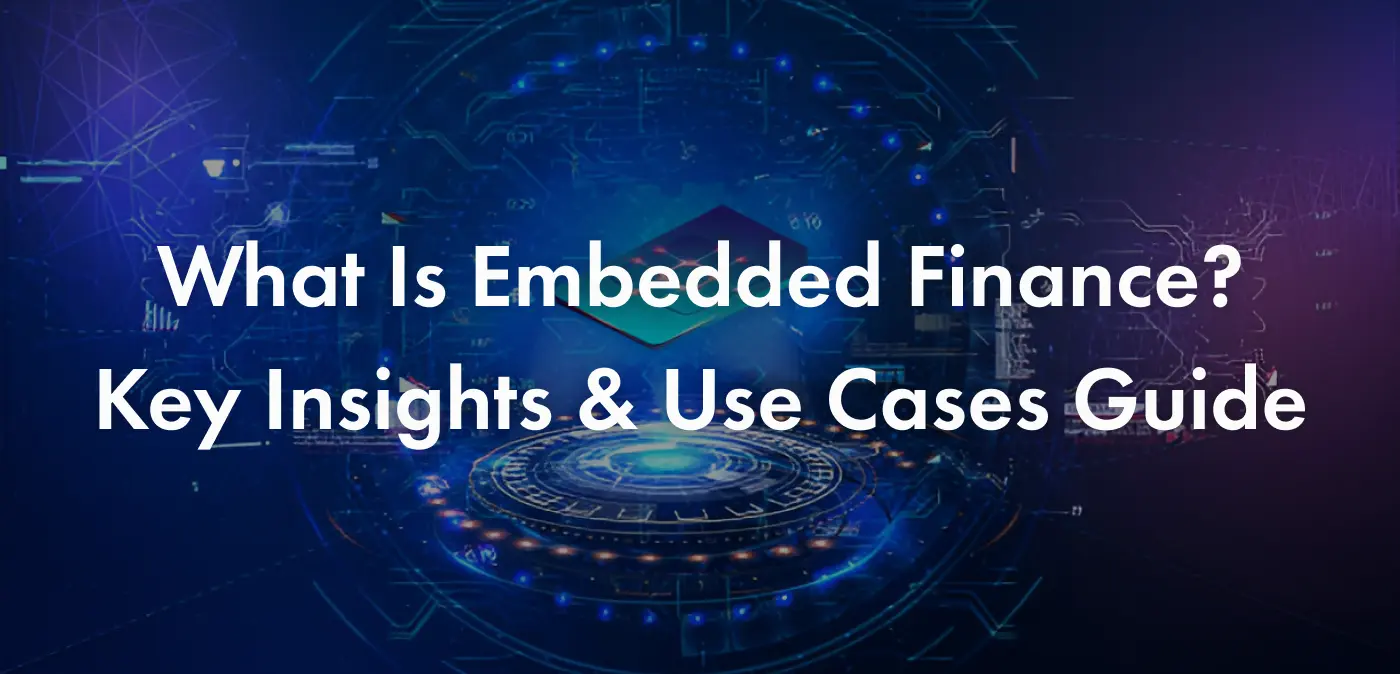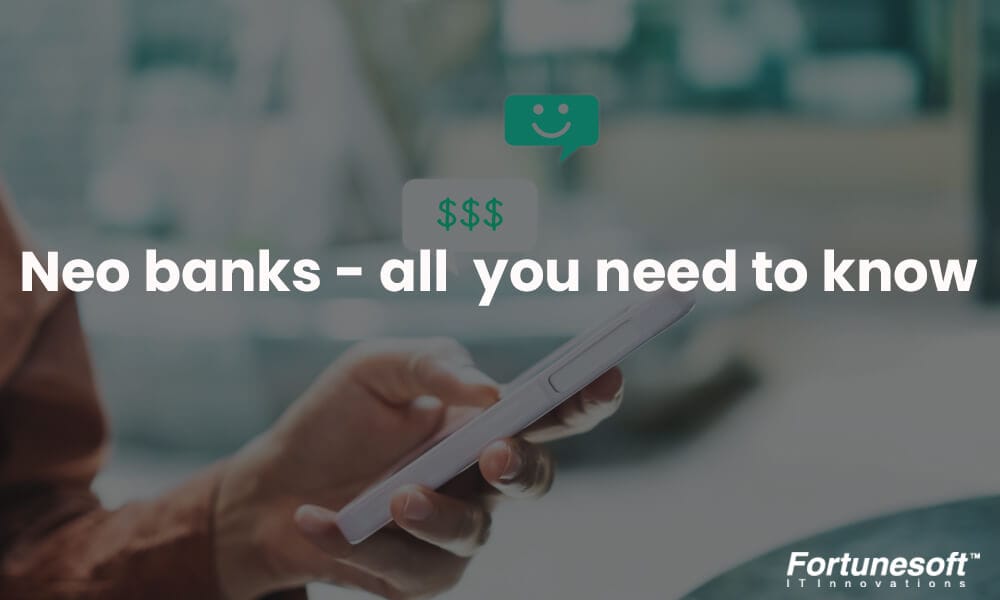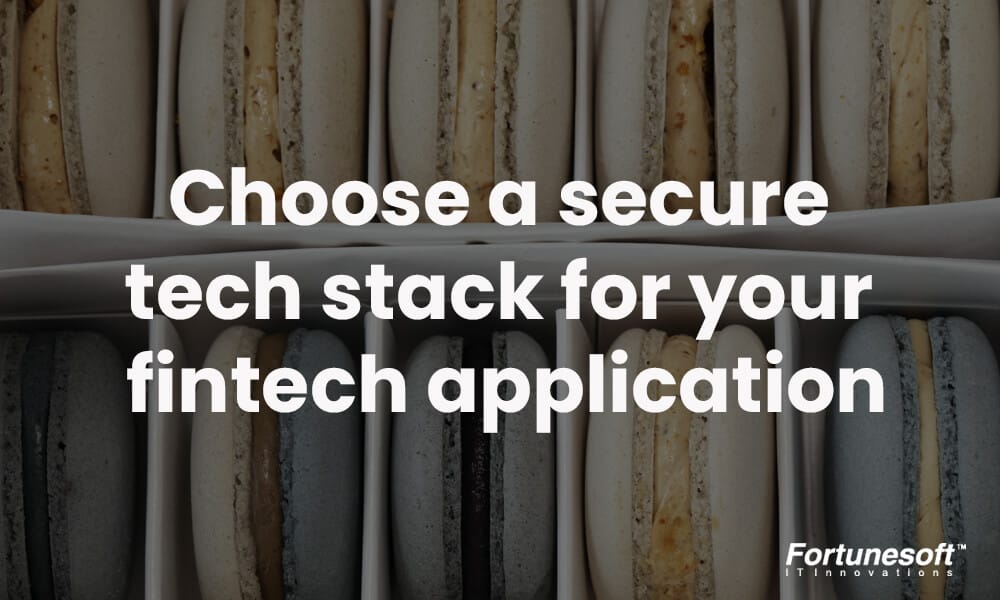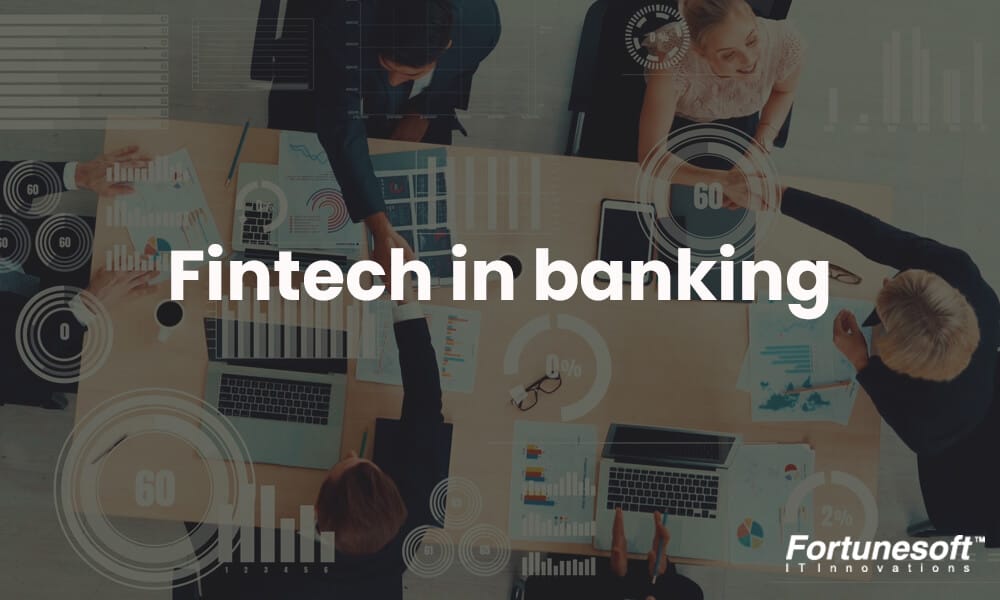 By Jeevan Babu September 15, 2020
10 min read
By Jeevan Babu September 15, 2020
10 min readFinTech data protection – Here’s everything you need to know
Today, the digital space is being ruled by the fintech industry. Right from online banking to mobile wallet applications, everything is into the digital space in a broader way. As it has proved boon to the consumers, the curse is undeniable.
Though technology advancement has widely opened the gates to strengthen businesses by leveraging its benefits, it has given chance to cybercriminals to exploit consumers’ crucial data as well.
Businesses are always taking stringent methods to safeguard their fintech data over the years. But cybercriminals come up with creative and advanced methods, thus, posing a threat to the crucial information of your enterprise.
With the latest approaches and techniques, protect your sensitive FinTech data with the following tips:
1. Encryption
With the increase in data breaches over the years, businesses are desperately looking to adopt data encryption to safeguard their critical financial assets, whether the data is in-house or in transit. Protecting their financial data with various cryptography algorithms is a popular and widespread method. In data encryption, the data is encoded with the help of complex mathematical algorithms. This encoded data can be accessed only with the correct decryption key. Therefore, even if your data is hacked, the hackers won’t be able to access the data.
The most robust encryption algorithms are as follows:
Triple Data Encryption Standard (TripleDES)
The industry once considered Triple DES as a recommended standard for data encryption. It was the most widely used symmetric algorithm that was designed to replace the original Data Encryption Standard (DES).
Triple-DES has an increased key size for highly secured encryption. Each data block is 64 bit. There are three keys of 56 bit each known as bundle keys. The total key length is 168 bit but the security falls to 112 bits.
With features like flexibility and compatibility, Triple-DES has the potential to still securely manage the dependent hardware encryption for financial services.
Advanced Encryption Standard (AES):
AES is a widely adopted symmetric encryption algorithm that is stronger and six times faster than Triple-DES.
AES consists of 128-bit data with 128/192/256-bit keys. AES extends support to both hardware and software. It has been one of the most secure algorithms (if it’s implemented correctly with perfect key management) and resistant to cryptanalytic attacks. Moreover, it has built-in flexibility of length of the key that permits ‘future-proofing’ for exhaustive key searches.
Due to features like simplicity, flexibility, and suitability, AES is widely used for hardware and software implementations.
Rivest-Shamir-Adleman (RSA)
Known for its secured encryption, the RSA algorithm is a public key encryption technology. It is secure because it uses large integers that increase the difficulty to solve.
RSA is an asymmetric algorithm that has a public and private key. The public key is given to others whereas the private key is kept private.
With RSA, the strength of the encryption increases with the increase of the key size. RSA keys are 1024 or 2048 bit long and make it an infeasible task for the attackers to break-in.
Twofish
As far as encryption is considered, Twofish algorithms are a very secure option. A symmetric block cipher, Twofish uses a single key for encryption and decryption. Twofish uses a block of 128 bits and a key size up to 256 bits.
Twofish is flexible and is widely used for network applications with frequent key changes. It is also adopted by applications that have little or no RAM and ROM involvement.
Blowfish
With a key size ranging from 32 bit to 448 bit, Blowfish is a bit faster but now replaced by Twofish. Earlier, Blowfish was introduced as a replacement for DES or IDEA due to its speed and variable key length. Blowfish uses a 64-bit block size.
Blowfish’s variable key length makes it ideal for domestic and exportable use. Some of the applications of Blowfish include bulk encryption, packet encryption, and password hashing.
With data encryption, you not only protect your financial assets but also, enhance the integrity of the data, protect remote workers, and gain the trust of your customers.
2. Craft a secure code and architecture
The working of your application depends on your software code and so the security of the app. If your code has vulnerabilities, your entire app is at risk. Software vulnerabilities are like gateways through which cybercriminals can enter and exploit your application. Therefore, protecting your fintech app from cybersecurity threats begins with securing your software code. This includes securing architecture, design requirements, code optimization, and efficiency.
Securing your code minimizes the software vulnerabilities in the code that most of the exploits rely on. There are various ways your code can be secured. As per the OWASP’s guidelines, the following checklist is required while creating a secure code:
- Data input validation
- Authentication
- Managing passwords
- Cryptography practices
- Handling the errors and logging
- Protecting data
- Secured communication
The above checklist is important when the software architect decides upon an architecture of the fintech app and the developer designs the code for a disruptive fintech app based on this architecture, the OWASP guidelines become their crib sheet for secure coding.
3. Secure Authentication
Authentication is all about how a user is identified and is provided access to data pertaining to his role. There are many types of authentication namely password authentication, biometric authentication, email authentication, OTP, and many more. You can employ the following authentication methods as well:
Role-based access control
Restricting unnecessary network access to sensitive and critical fintech data within an enterprise is all about role-based access control (RBAC). With RBAC, you can limit access to highly-sensitive information based on the user’s profile and role.
Multifactor authentication and password expiration
Password expiration is a dying concept where the passwords are set to expire either in 60 or 90 days. Though there is some debate about the mandate changing of passwords, it is still used to reduce the risk of data leaks and breaches. As per some research, it is recommended to use multifactor authentication in place of password expiration as frequent changes in password result in updating old passwords or maybe re-using the passwords. This is easy for hackers to guess the patterns and thus hack your data. With multi factor authentication, you ensure multiple barriers when it comes to protecting the financial data of the consumers.
Shorter sessions
If you have used any banking app before, you will notice that you are logged out automatically after a certain period of time. If the fintech web application has insufficient session expiration, it will be exposed to session-based attacks. The less the session lifetime is, the more the chances that the attacker won’t be succeeded to use the valid session ID. Shorter session time reduces the risk of malicious access to your fintech data from an active session.
Track attempts of failed sign-in
Attackers try to log-in through various credentials to get rid of the detection. Tracking failed log-in attempts help to detect and thwart attacks before they become fortunate to hack the system. You can set a limit for the attempts to sign-in and ask for multi-step identity verification. The limit is exceeded by the user.
4. Tokenization
In tokenization, the sensitive data that you want to protect is secured by converting them into random strings of symbols or tokens. There is a special database called token vault that stores all the connections between the original data and the token generated. Though tokens reference the original information, they can’t be put to use to decrypt the original data. For this purpose, you need to have access to the token vault. Without this database, tokens are completely useless.
With tokenization, you can:
- Protect sensitive data within your organization.
- Makes it easier for the merchants to become PCI compliant.
- Offers unparalleled protection for your online transactions.
- Use tokenization with any technologies like gift cards, NFC payments, online transfers, and so on.
- Tokenize information other than financial data as well.
It is undeniable that tokenization is a widely adopted method for data storing and transmission. One of the important aspects of tokenization is the token vault and it requires it to be protected. This can be done by database encryption.
5. Obfuscated code
Obfuscating code is a practice to prevent an attacker from reconstructing the original software program.
Code obfuscation involves encryption of some or all of the code, stripping out potentially revealing metadata, renaming useful class and variable names to meaningless labels, or adding unused or meaningless code to an application binary.
One of the biggest advantages of code obfuscation is the difficulty to replicate or decipher a designed software code. So, if someone is trying hard to steal your code, they first have to deal with the obfuscated version of your code, and this demands a lot of investment of time. Your obfuscated code will become the biggest bottle-neck to reverse engineer it and thus save your original code from casual hackers who aren’t ready to put in so much effort.
6. Secure data Collaboration with external sources
Undoubtedly, secure data collaboration has a greater potential to provide disruption in the finance ecosystem. Also, there are multiple verticals that can benefit from collaboration with various external data sources in a decentralized manner. To enable the capabilities to leverage the benefits for your business, you need to:
Analyze and identify the existing areas for expansion: Pick up the data set you want to analyze. Check:
- The location of the data
- The role of the data in the existing system
- The capability of the data to drive revenue
- The capacity of the data to expand engagements
- The data’s potential to provide premium service offerings
Check past regulatory or legal concerns where the efforts were halted: You need to check for the previous barriers and the tools used to resolve those conflicts that caused roadblocks while data collaboration. If any activity was halted due to compliance concerns, analyze a workable path that could resolve this issue.
Search for opportunities to enrich existing data assets with third-party data sources via collaboration: Verify the assets. Check the scope of improvement by accessing various data sources. Examine if automation and risk mitigation strategies can dig out some opportunities to use technologies.
Conclusion
Disruptive technologies are penetrating the fintech industry to transform the financial ecosystem and enhance the customer experience. Therefore, there is a huge scope for both startups and cybercriminals in the fintech industry. Protecting your customers’ financial data is of utmost importance. Also, your organization’s data is at the risk of getting hacked and subject to data breaches and leaks. These 5 tips given above will definitely provide you some relief from being a victim to cyberattacks.
You can consult a fintech development company to provide high-end security for your critical and sensitive fintech data or can hire some best fintech security experts for the same.
Author Bio


 Facebook
Facebook Whatsapp
Whatsapp LinkedIn
LinkedIn Pinterest
Pinterest













 Start Chat
Start Chat